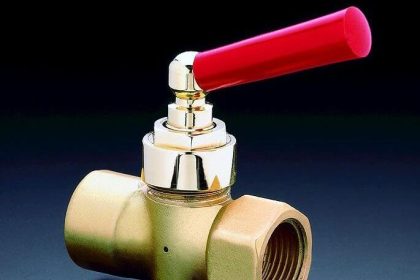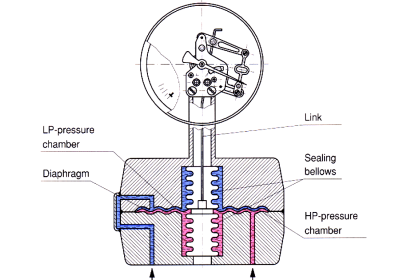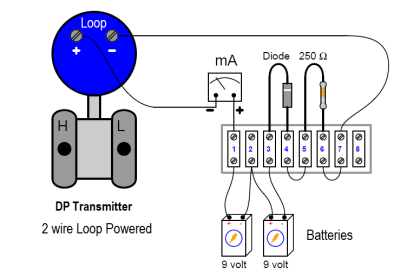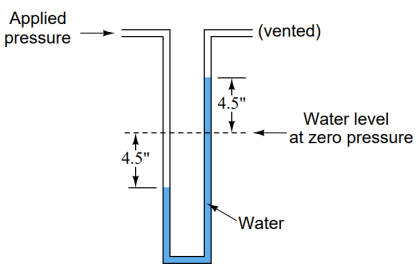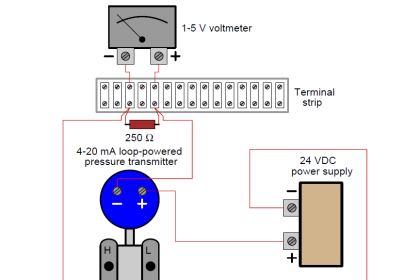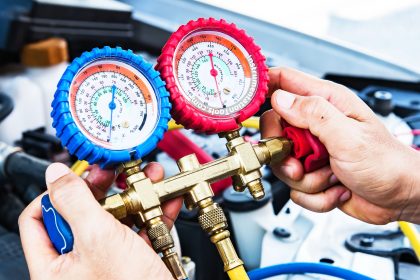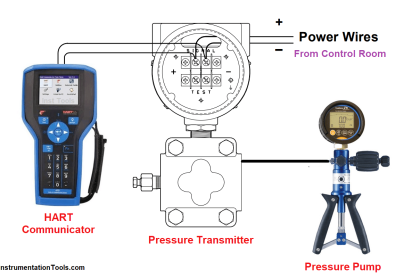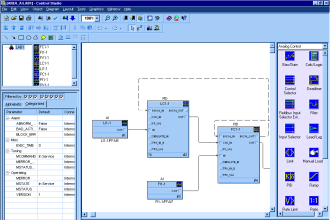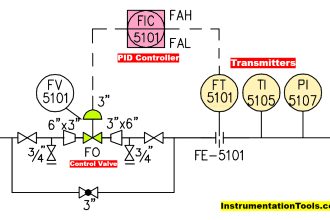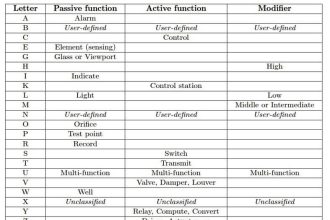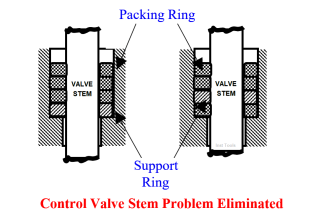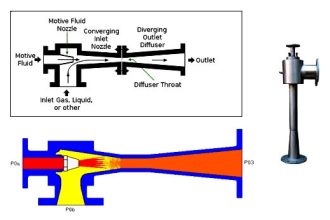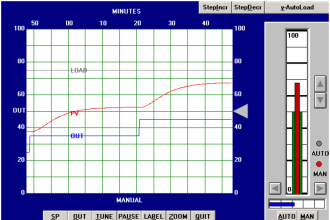By measuring the differential pressure across the flow elements like orifice, annubar, pitot tube, venturi, or other primary sensing devices, process flow measurements can be carried out.
After contamination of fluid, if the flow sensor element clogs up or if it crystallizes, what happens to the impulse lines or sensor lines?
In the above two instances, causes large errors in the measurement of differential pressure.
In one solution, a flow of fluid can be introduced down the sensing lines and into the process flow. Purging of impulse pipeline eliminates stagnant fluid, which is a common source of the problem. The fluid can be liquid or gas that is inert to the process. Otherwise, it can be a small amount of actual process fluid.
Isolation of transmitters and flushing of the impulse lines is a common solution to solve the problem.
What Causes Impulse Pipe Lines to get Plugged?
- In case preventive maintenance routines are reduced, the chances of impulse line plugging happens. For example – Schedule four PM activities per year in a peculiar process plant, if it is reduced to two, the possibility of plugging in impulse lines can not be ruled out.
- Process upsets – Differential temperatures, and other outs accomplishing process phase change are very rare cases in process industries, particularly in chemical plants. It may prove to be catastrophic.
- Differential temperatures or other outputs accomplish process phase change.
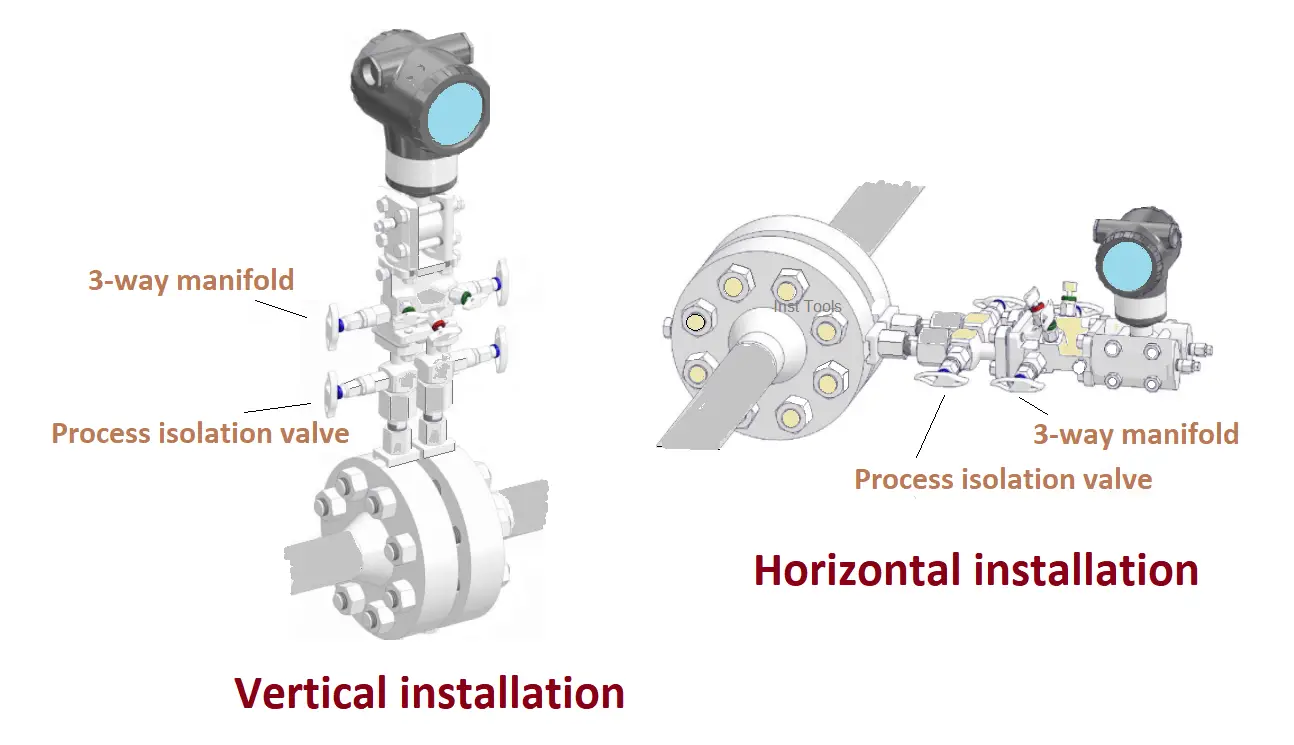
Close Coupling
The compact mount manifold is an option that allows us to further simplify the design. If any application permits it, then this is a magnificent and simple solution.
Impulse lines can have high installation and maintenance costs, as well as challenges such as blockages, leak points, temperature control, and corrosion. It is possible to eliminate these problems by using a method called close coupling or close mounting, which eliminates lengthy impulse lines.
The process interface valve (PIV) and manifold become one unit, and the transmitter mounts directly on it. The whole integrated assembly is connected to the process line.
The solution is to opt for direct mount installations, but they have certain limitations. In certain installations, process interface valves and manifold blocks are separate but mounted very close to the process lines.
One of the limitations is the temperature. Traditionally, the impulse lines were used to protect the transmitter from the high temperatures of the process lines. A compact installation may not be able to perform if the process line is too hot due to its close proximity to the process lines.
Access is the second limitation. This is because it would not be practical to install a compact system 15 meters high, preventing access to the transmitter for calibration.
The last hurdle is the initial cost. Although a compact installation requires an initial investment, it may prove to be less expensive in the long run.
Advantages of Close Coupling
- Prevents problems with freezing.
- Short impulse lines are required to avoid pulsations in impulse lines. The shortest impulse lines are provided by close coupling.
- Close coupling installation arrangement has remarkable benefits, piping gets greatly simplified.
- The number of joints is reduced when the close coupling is used. As a result, leak routes at threaded connections and compression fittings are reduced.
- A remarkable speed of response can be achieved with close coupling.
- There is no need for heating tracing lines, or it is reduced to a minimum.
- Close coupling eliminates errors caused by different densities of fluid in the separate lines.
Limitations in using Close Coupling
- Impulse lines may be required when the line temperature is too high or too low for the pressure transmitter.
- As can be seen in the figure, between the length of pipe and differential pressure transmitter, there is still a length of tapping.
- Although there is still a length of tapping between the impulse pipe and DP transmitter, it eliminates the requirement for impulse lines in the conventional sense.
